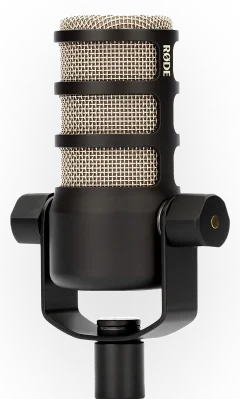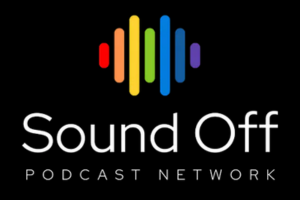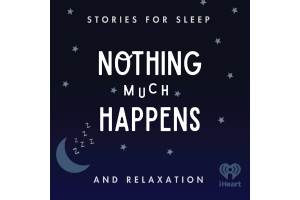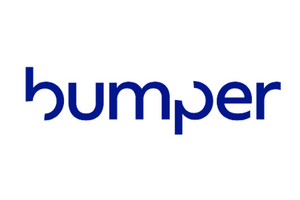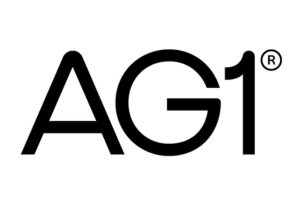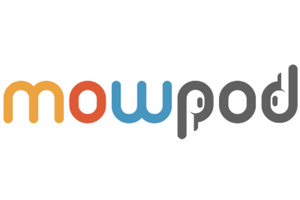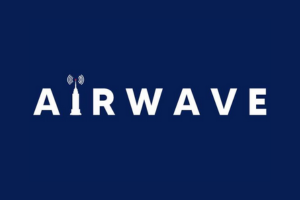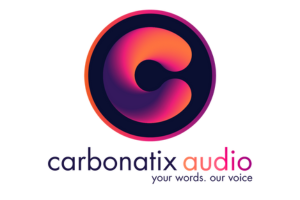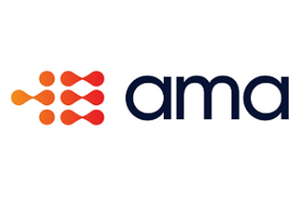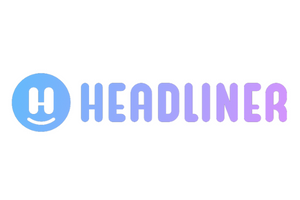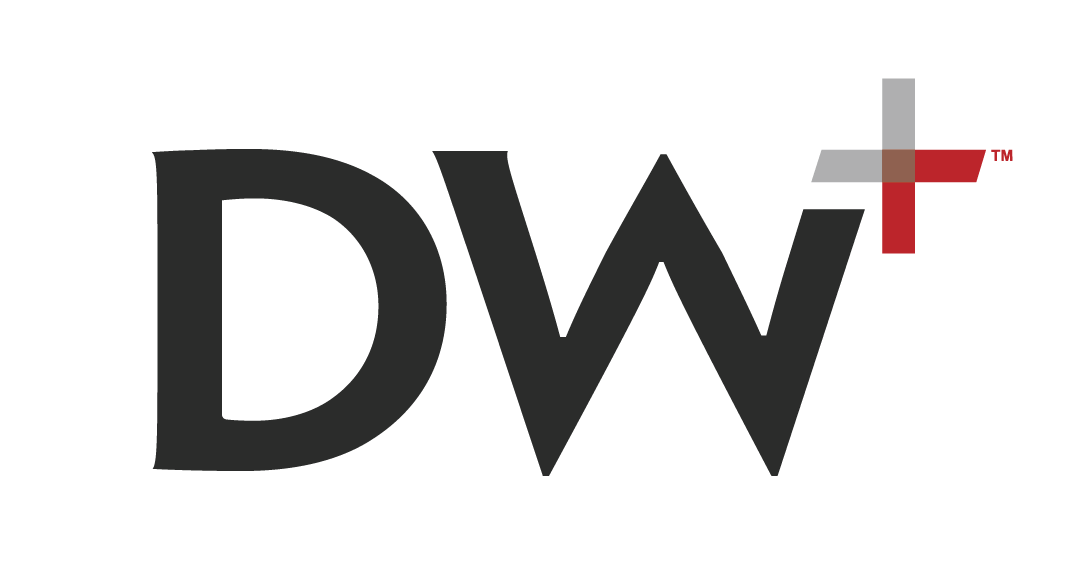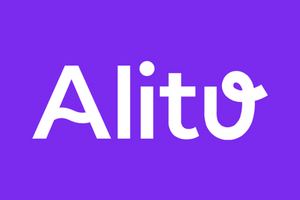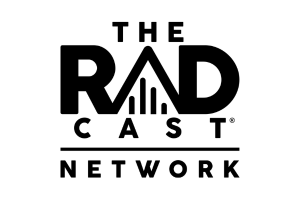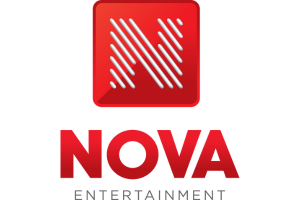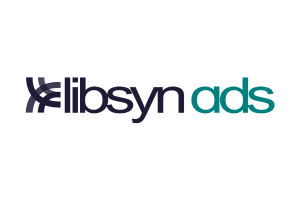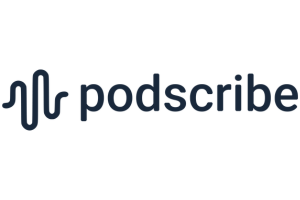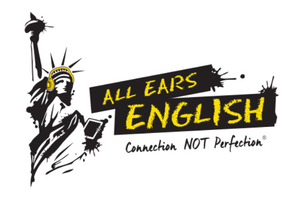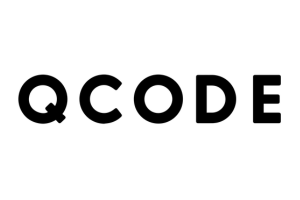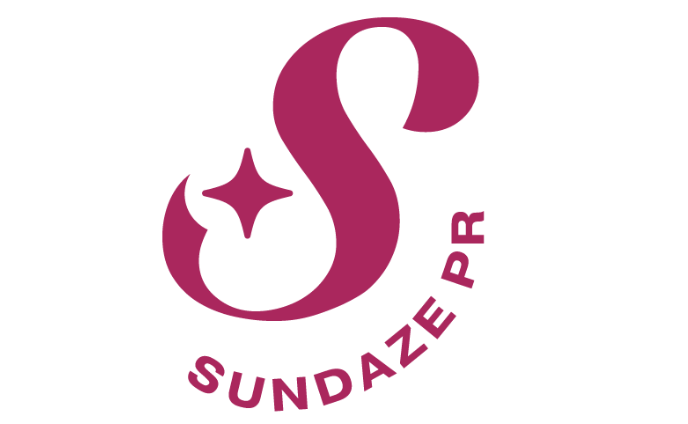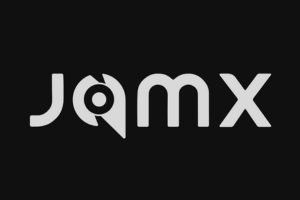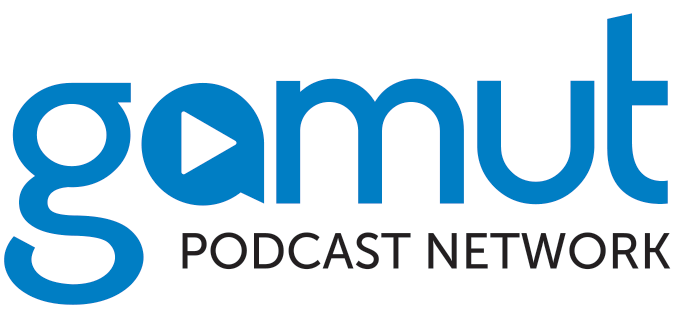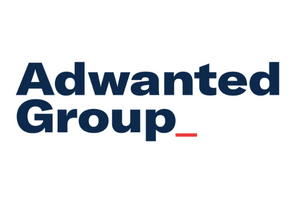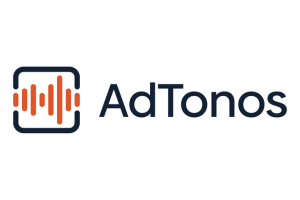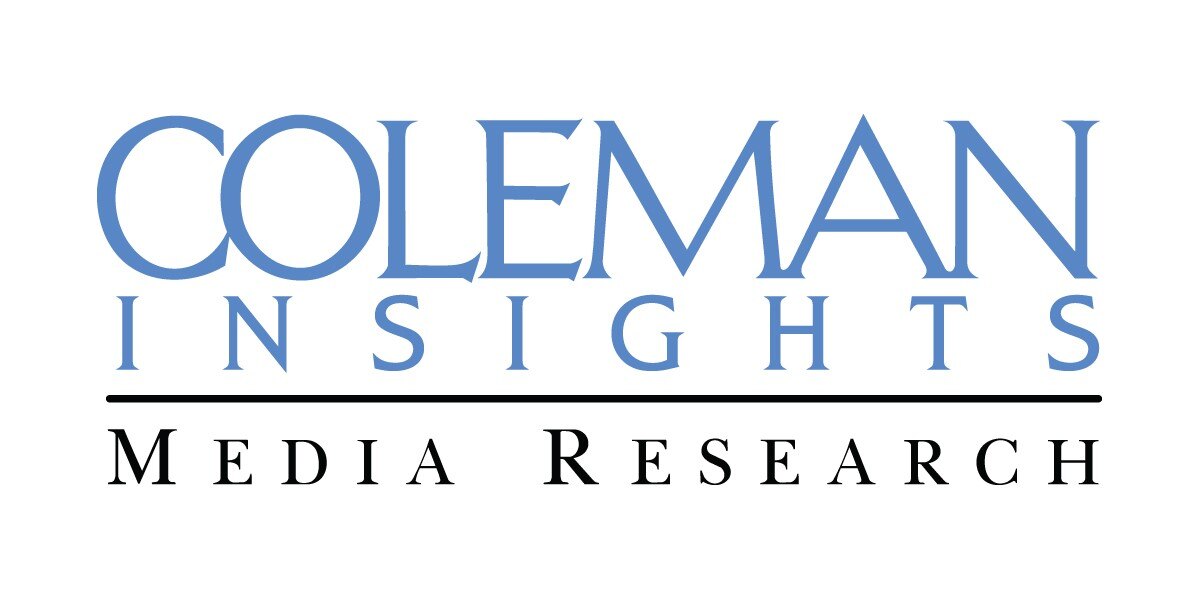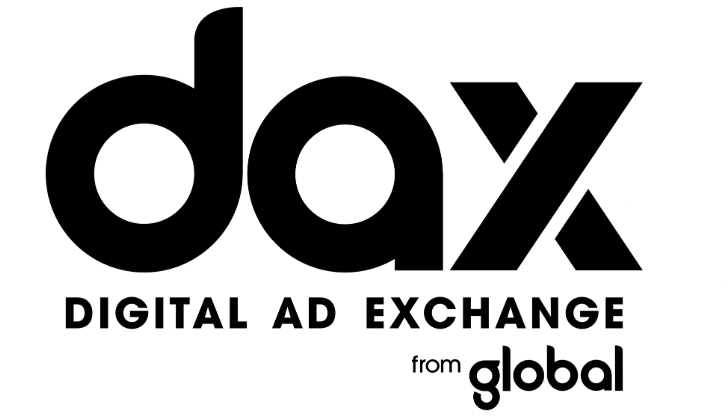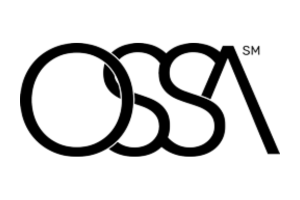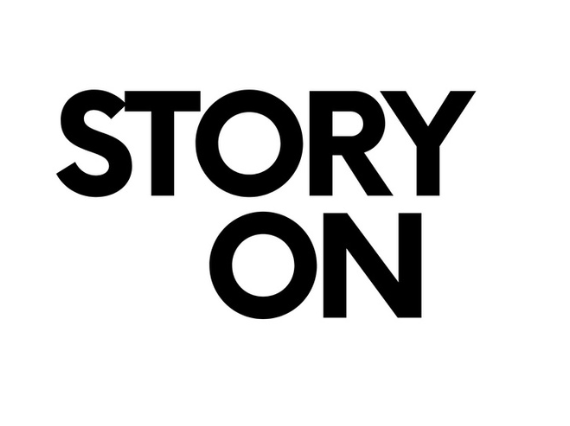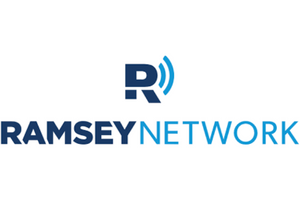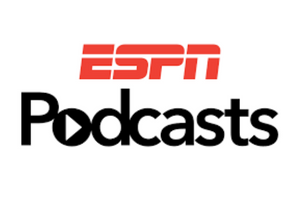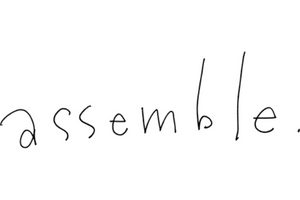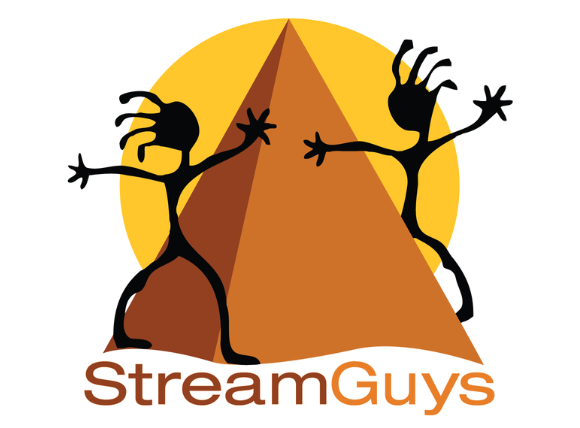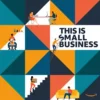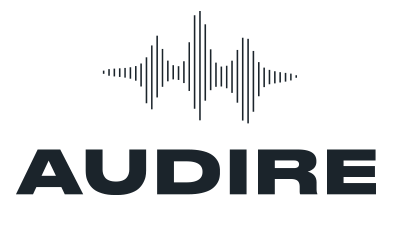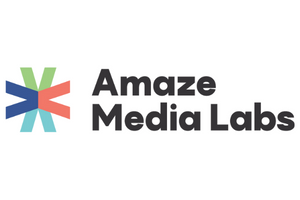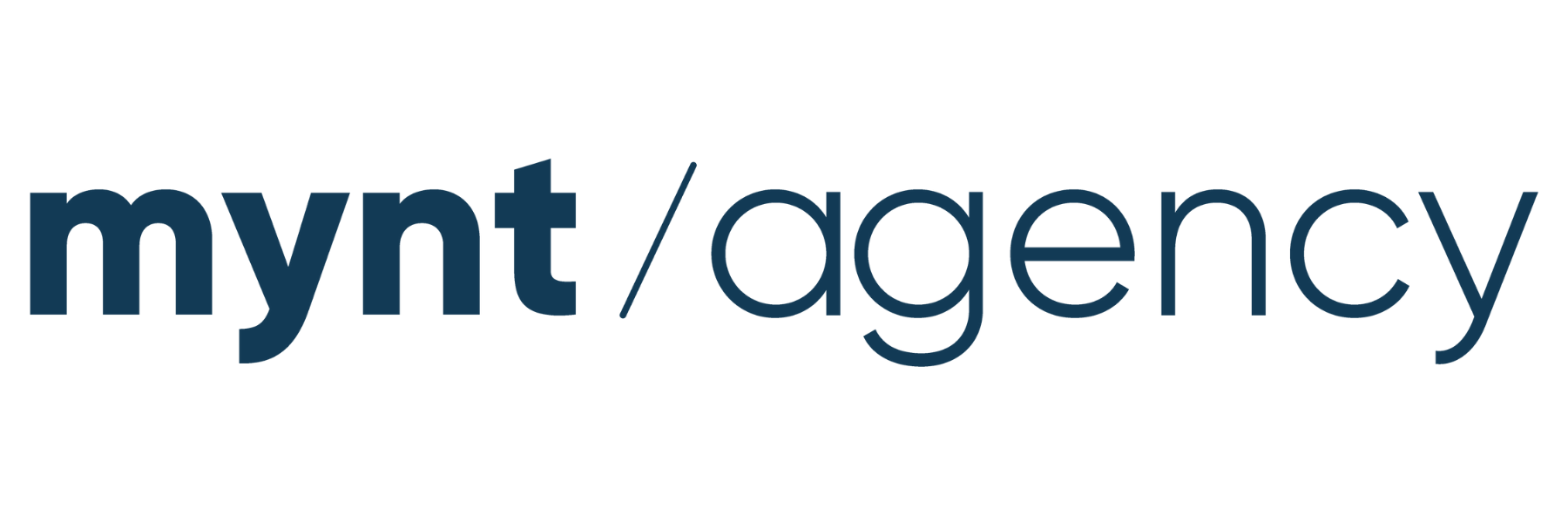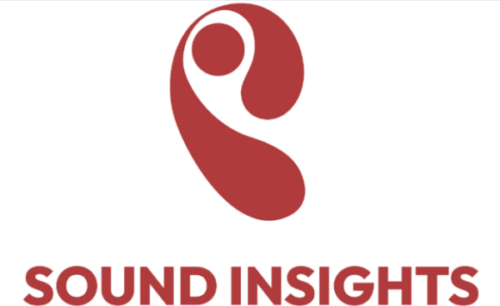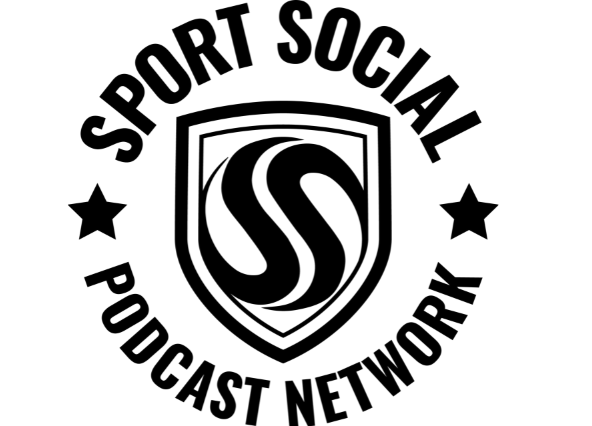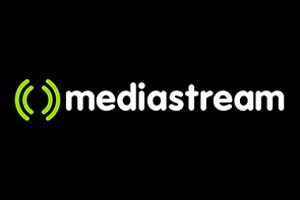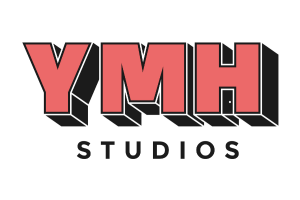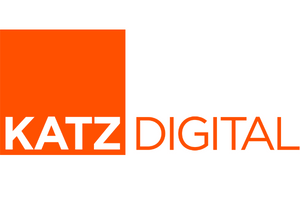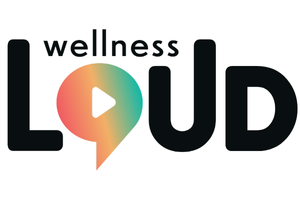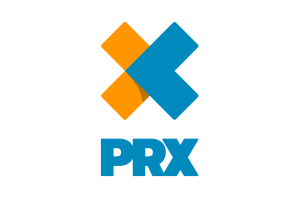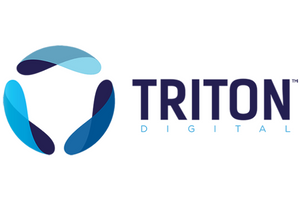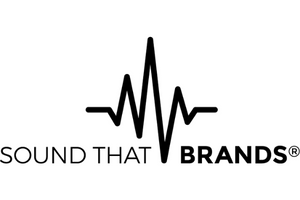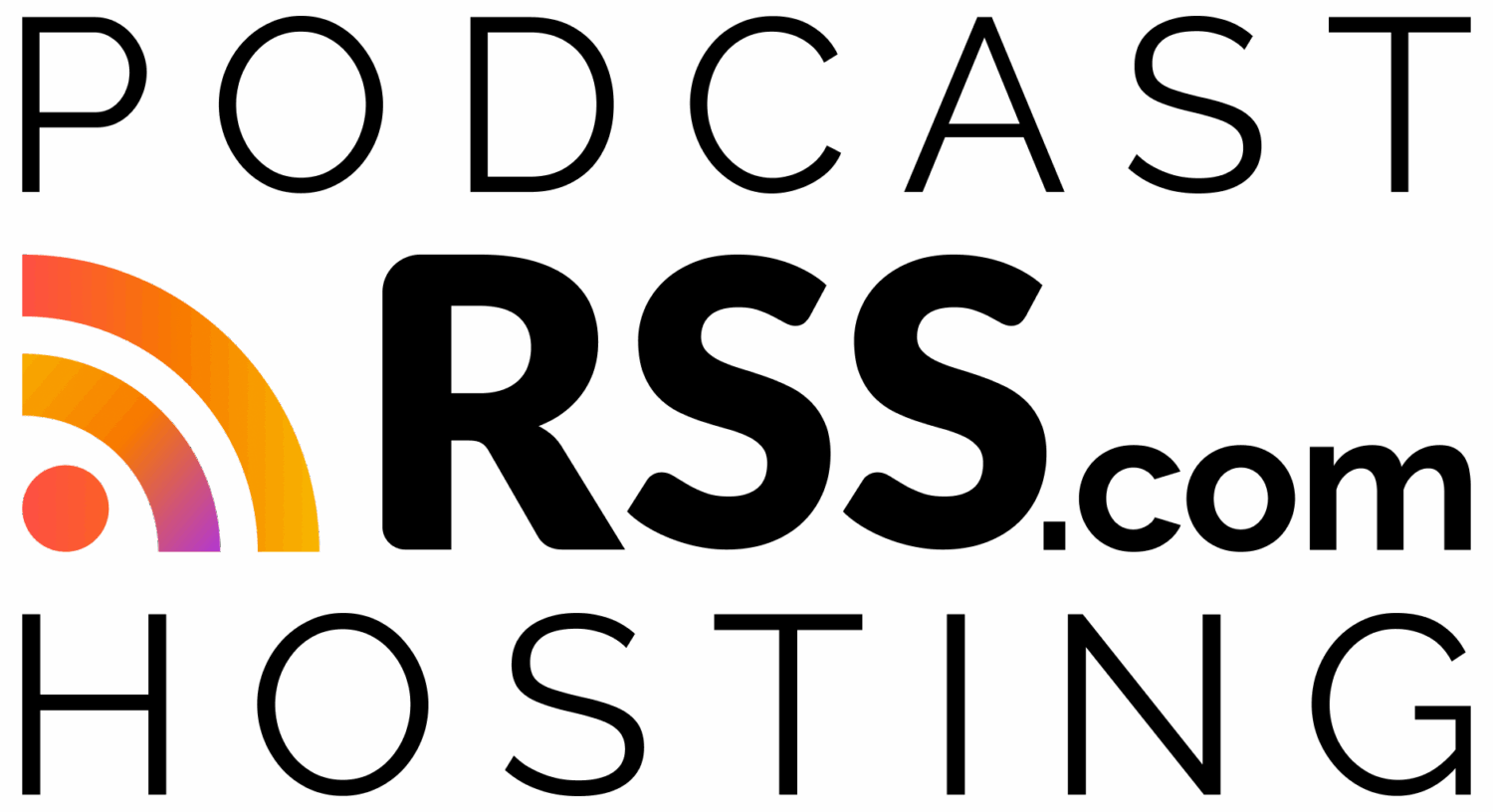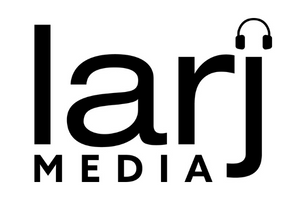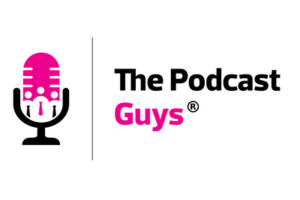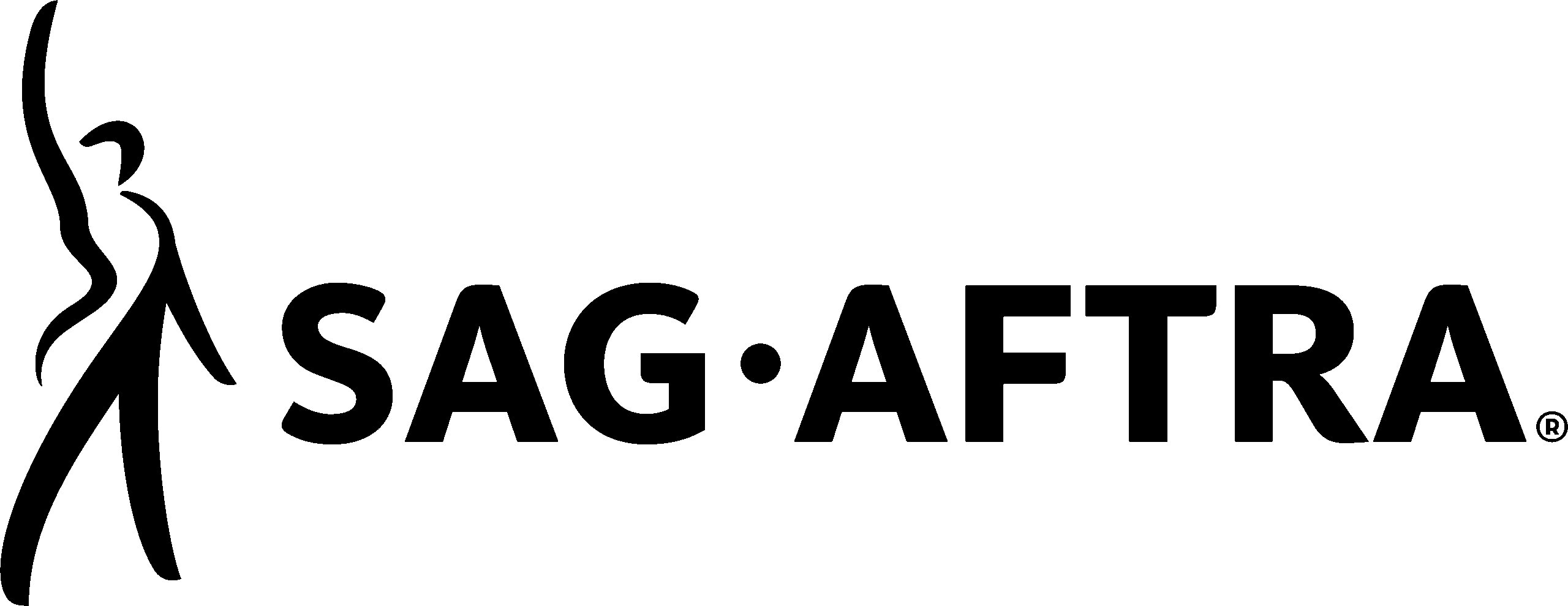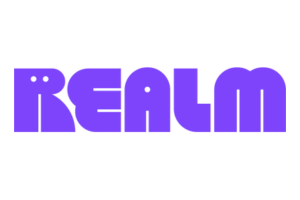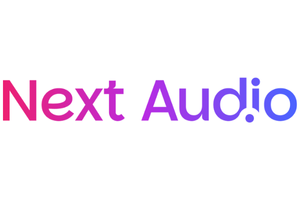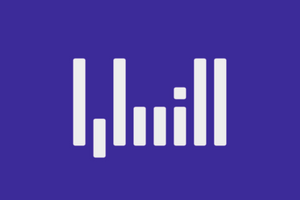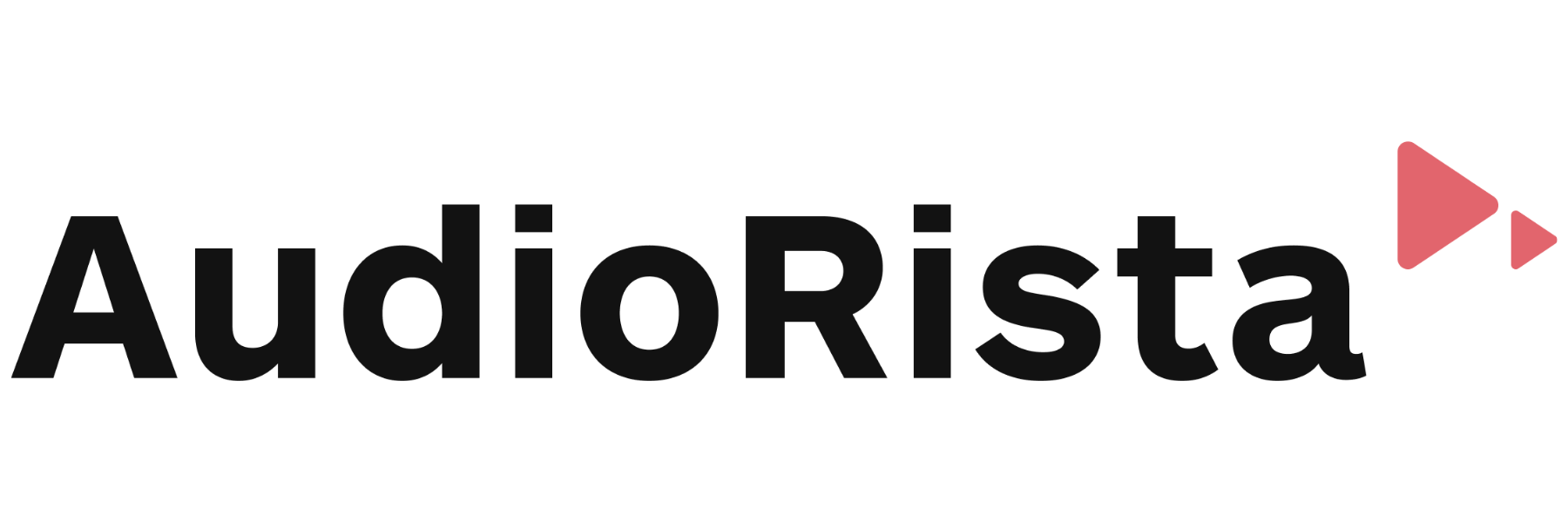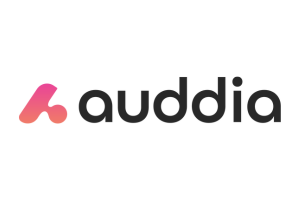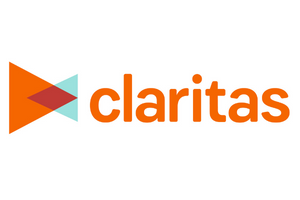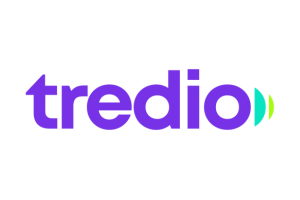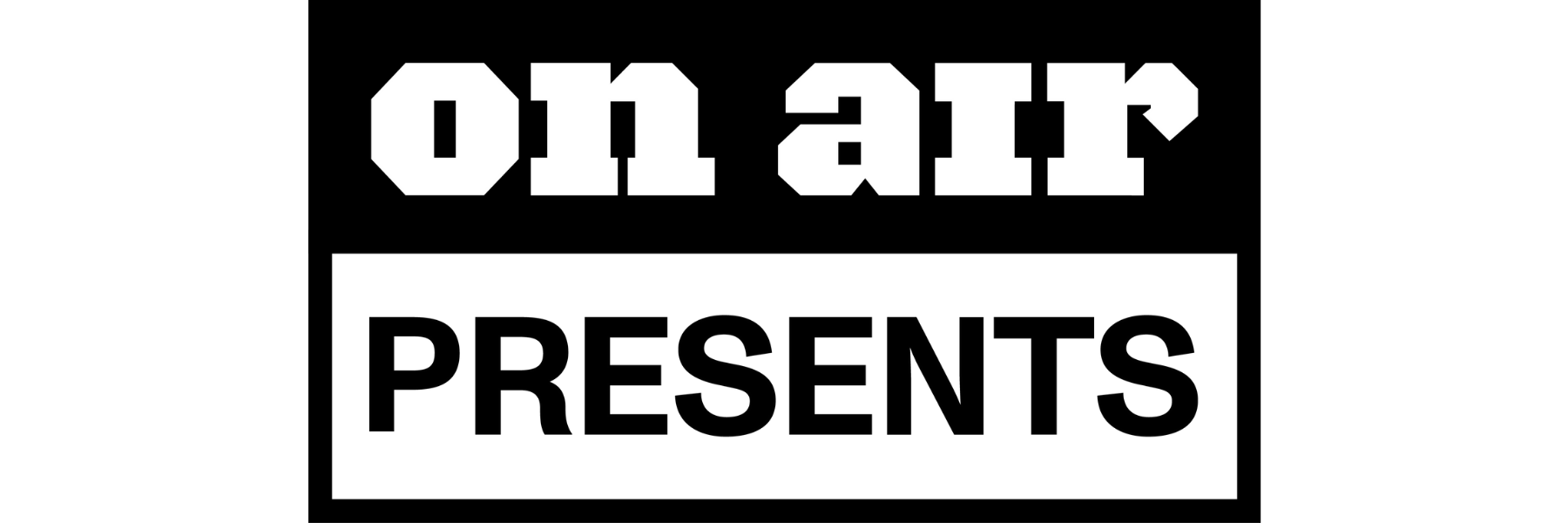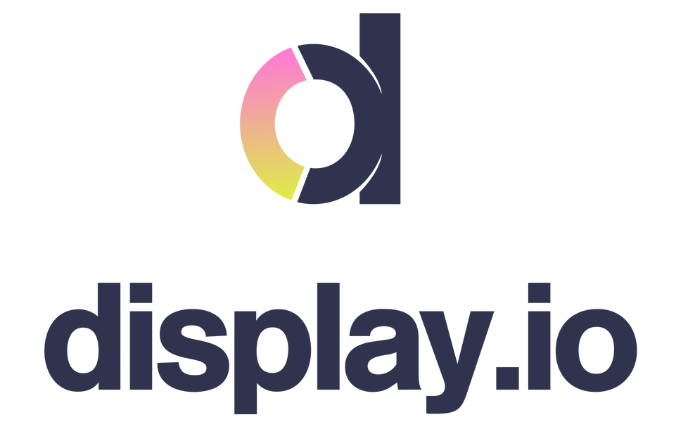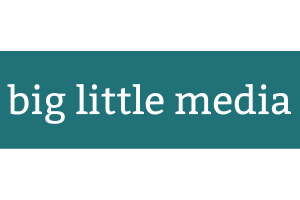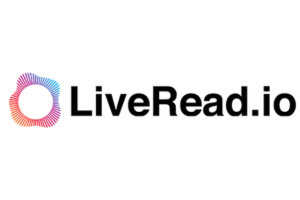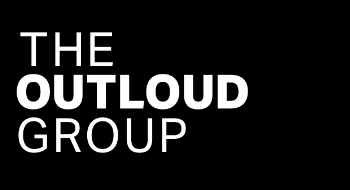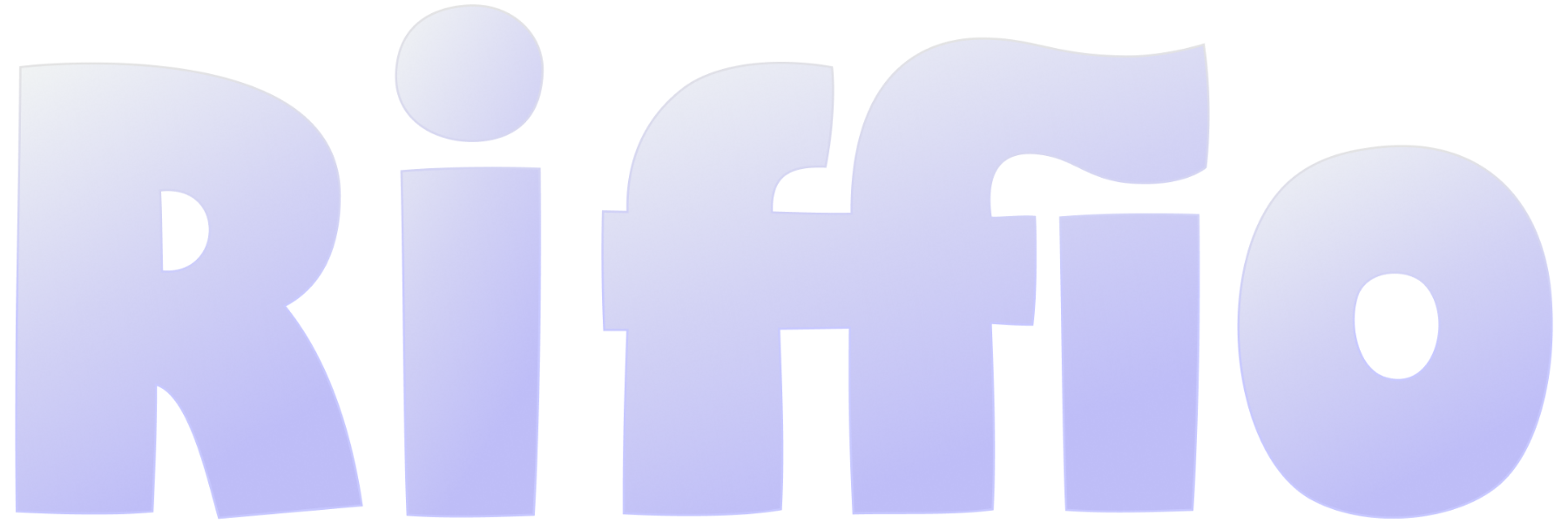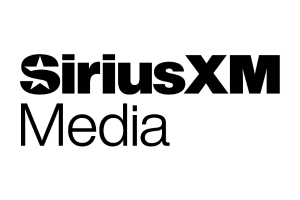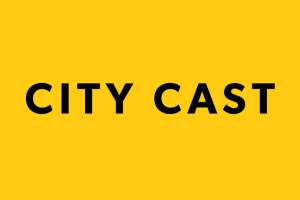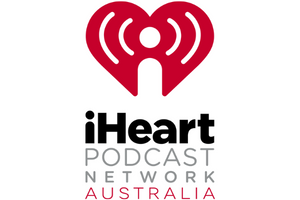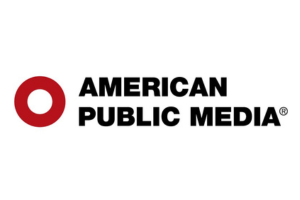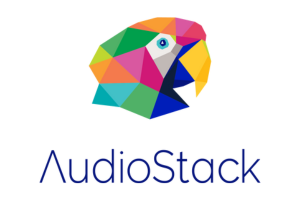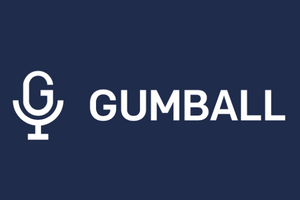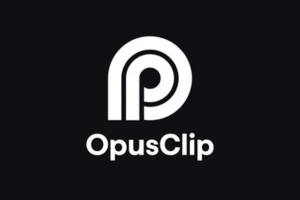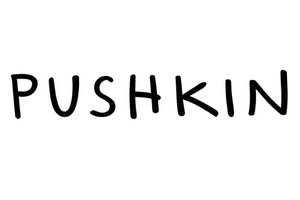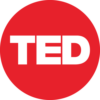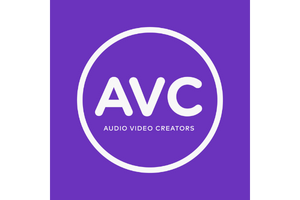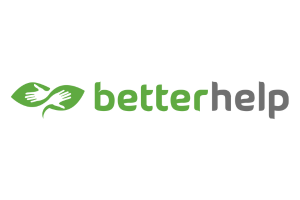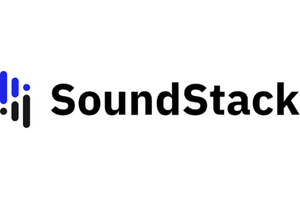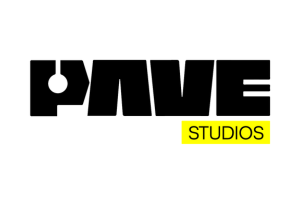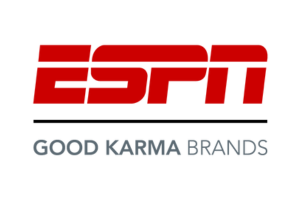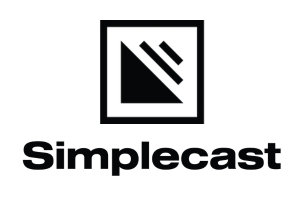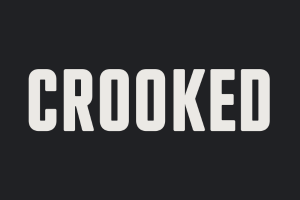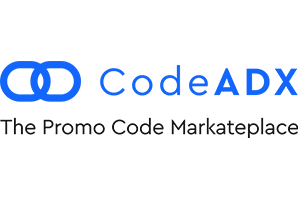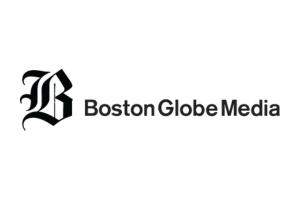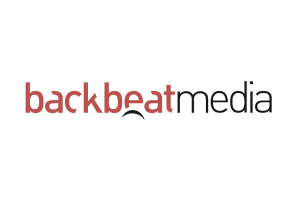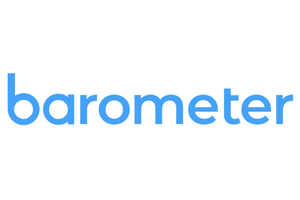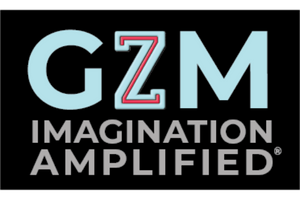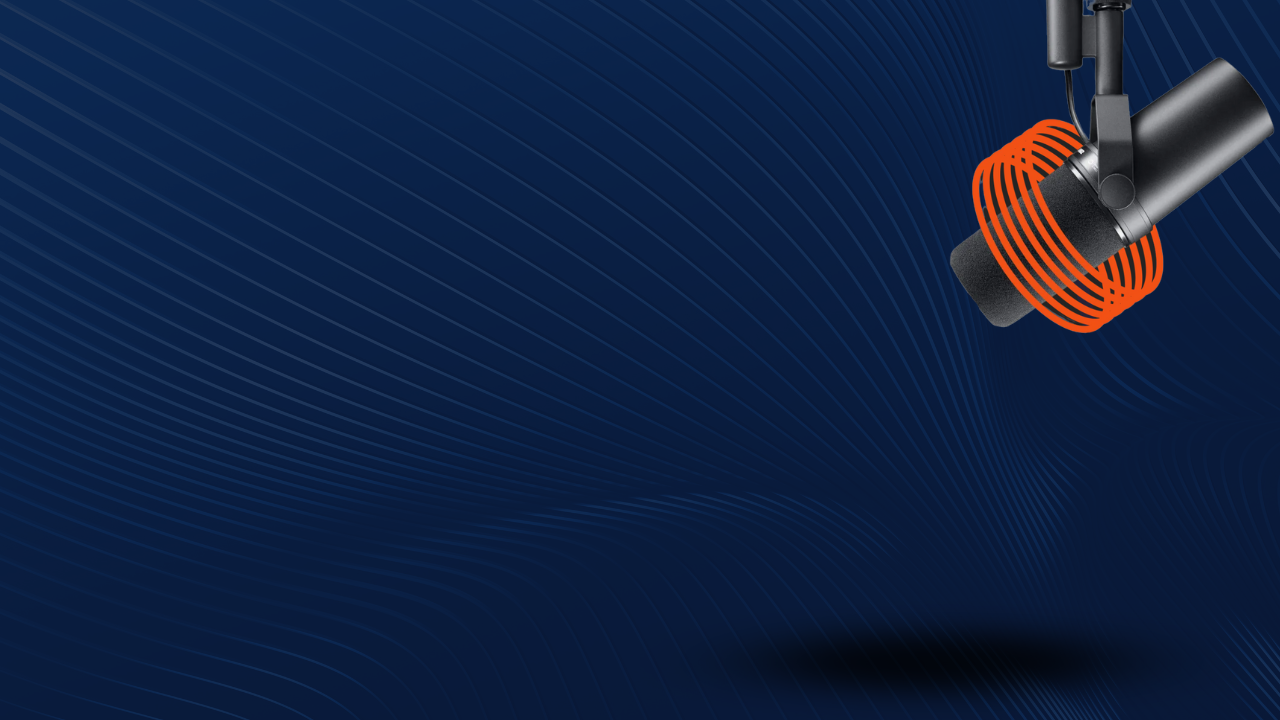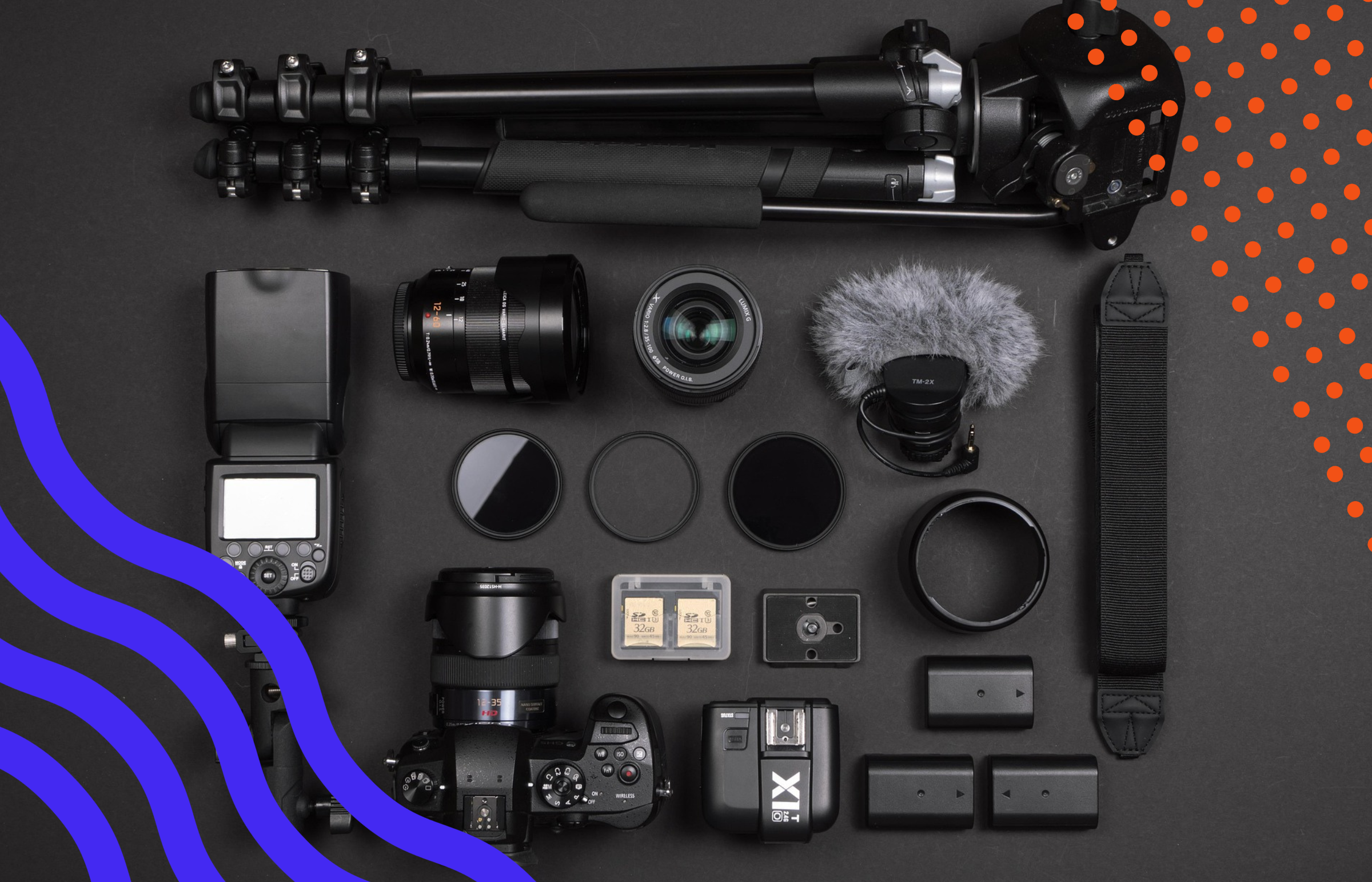At The Podcast Show London in a couple of weeks, I will be kicking off The Brand Stage with a new study on how podcasting stacks up to other ad-supported media in terms of attention and trust. As I was analyzing the data from The Advertising Landscape, our latest fielding in the Sounds Profitable research program, I found myself drawn to this data, which otherwise might have ended up on the cutting room floor: who are the “fans” of podcasting, and who are actively not fans?
We asked a “fandom” question in this study, asking consumers of ad-supported podcasting (and please, note that stipulation – this is not the entire podcasting audience) how much of a “fan” of podcasts they were on a scale of 1-10. For this exploration, let’s call those who rated podcasting an 8-10 “Fans,” those who gave the medium a three or less, “Anti-Fans,” and the rest (4-7)…well, let’s call it like it is: the “meh middle”. There were some fascinating patterns in the data for Fans and Anti-fans that reveal striking patterns about where podcasting stands in 2025 and pinpoint precisely where our growth opportunities are hiding.
An important caveat before we begin: our study targeted monthly podcast consumers already engaging with ad-supported podcasting. This means we’re not looking at the entire universe of potential podcast listeners, but rather at people already in the podcast ecosystem to some degree. These listeners have already crossed the initial threshold of trying podcasts, which means our “Anti-fans” aren’t people who reject podcasting outright – they’re people who have tried it for a show or two, but haven’t fully embraced it as a part of their daily life.
This distinction is crucial. We’re not examining the barriers to entry for complete non-listeners; we’re exploring the factors determining whether someone who’s already sampling podcasts becomes a superfan or remains a casual, perhaps even reluctant, consumer.
Podcast Fandom: Demographics
Let’s start with the raw demographic breakdown:
| TABLE ONE: Podcast Fandom by Demographic | |||
| Demographic Group | Fans (8-10) | “Meh” Middle (4-7) | Anti-fans (1-3) |
| Total | 40% | 49% | 11% |
| Gender | |||
| Male | 44% | 46% | 10% |
| Female | 33% | 54% | 13% |
| Age | |||
| 18-34 | 39% | 49% | 12% |
| 35-54 | 46% | 47% | 7% |
| 55+ | 27% | 55% | 18% |
| Race/Ethnicity | |||
| Hispanic | 39% | 46% | 15% |
| Asian | 37% | 53% | 10% |
| Black | 40% | 52% | 8% |
| White | 39% | 50% | 11% |
| SOURCE: The Advertising Landscape 2025, Sounds Profitable | |||
The gender gap jumps right off the page: 44% of male monthly listeners identify as podcast Fans, compared to just 33% of female listeners. This gender disparity suggests that even among people already trying podcasts, women are less likely to develop the same enthusiasm as men. This isn’t about getting women to try podcasting – they’re already here – it’s about creating experiences that convert them from casual listeners to enthusiasts.
Age tells an even more compelling story. Among monthly listeners, the 35-54 demographic leads the pack with 46% qualifying as Fans and only 7% as Anti-fans. This middle-aged crowd, not the young digital natives, represents podcasting’s true believers among current listeners.
Meanwhile, the 55+ demographic remains a challenge, with only 27% Fans and 18% Anti-fans. That’s nearly one in five older monthly listeners who engage with podcasts but aren’t particularly passionate about the medium. The generational factor becomes even more intriguing since our respondents are all monthly podcast consumers. Older listeners’ reluctance to become fans isn’t simply a matter of unfamiliarity with podcasting or resistance to trying new media forms—they’re already listening. It’s that even with regular exposure, they’re not developing the same level of enthusiasm as their younger counterparts. Despite that, they’re finding some utility in podcasts that keeps them coming back despite not identifying as fans, perhaps for specific shows or topics they can’t find elsewhere.
Interestingly, race and ethnicity show minimal variance in fandom among monthly listeners, with all groups hovering around the 37-40% Fan mark. Once people of different racial backgrounds begin consuming podcasts, they develop similar levels of enthusiasm. The Hispanic community shows the highest Anti-fan percentage at 15%, which surely represents an opportunity to do some messaging on relevant shows about the unique value of podcasting.
Podcast Fandom: Other Media Primaries
The most revealing correlations emerge when we examine how podcast fandom aligns with other media consumption habits, notably among those consumers who tell us that they are daily/primary users of each channel:
| TABLE TWO: Podcast Fandom by daily users of other ad-supported media | |||
| Platform | Fans (8-10) | “Meh” Middle (4-7) | Anti-fans (1-3) |
| AM/FM Broadcast | 42% | 47% | 11% |
| Free Streaming Music | 44% | 44% | 12% |
| Paid Streaming Music | 54% | 41% | 5% |
| Satellite Radio | 47% | 48% | 5% |
| AM/FM Streaming | 57% | 37% | 6% |
| Premium Streaming TV | 43% | 48% | 9% |
| Free Streaming TV | 31% | 55% | 14% |
| Network/Cable TV | 29% | 59% | 12% |
| YouTube | 33% | 56% | 11% |
| TikTok | 34% | 53% | 13% |
| SOURCE: The Advertising Landscape 2025, Sounds Profitable | |||
Among monthly podcast listeners, 54% of paid Music streaming subscribers qualify as podcast Fans, compared to 44% of free music streaming users. This 10-point gap is significant, but requires careful interpretation given that we’re looking at people already in the podcast ecosystem.
The key insight here isn’t that paid music subscribers are more likely to try podcasts – everyone in our sample is already listening monthly. Instead, it suggests that among people who already listen to podcasts, those who pay for music (including Satellite Radio) are more likely to develop deeper engagement with podcasting, and that might also be driven by demographics.
Streaming radio listeners have the highest Fan percentage, at a remarkable 57%. These individuals are already comfortable accessing radio-like content through digital channels, and this familiarity appears to translate into stronger podcast enthusiasm even among regular podcast consumers.
The Anti-fan data is equally revealing. Only 5% of monthly podcast listeners who also subscribe to paid music services express anti-fan sentiment, compared to 12% of free music streamers and 11% of traditional radio listeners. This suggests that premium audio subscribers who try podcasts may be more likely to embrace them enthusiastically, but again, it is difficult to disintermediate this data from demographics, since premium music subscribers are also younger than the audience for AM/FM radio.
Notably, YouTube and TikTok users who listen to podcasts monthly show relatively lower fan percentages (33% and 34%, respectively). It could be that while YouTube may be an important entry point for podcast discovery, it doesn’t necessarily foster the same depth of engagement with podcasting as other platforms. Monthly podcast listeners who are TikTok primaries are likelier than audio primaries to remain casual consumers rather than develop into superfans. These platforms prioritize shorter-form, highly visual content – essentially the opposite of the traditional podcast experience. The fact that these users continue to consume podcasts monthly despite their lower enthusiasm ratings suggests they find specific value in certain shows or episodes, even if they don’t embrace the format.
The Premium Subscription Connection: A Nuance
The correlation between paid media subscriptions and podcast fandom presents an interesting opportunity when viewed through the lens of monthly podcast listeners. These aren’t potential converts to podcasting – they’re already listening. What we’re seeing is a difference in depth of engagement.
For monthly podcast listeners who subscribe to other premium audio services, podcasting becomes a more central part of their media diet. They don’t just sample podcasts; they become fans. This suggests that the subscription mindset doesn’t just influence whether someone tries podcasts – it influences how deeply they engage once they’re there.
That observation has significant implications for podcast monetization strategies. Among existing podcast consumers, those who are already paying for other audio experiences may be the most receptive to premium podcast offerings. They’ve already demonstrated an interest in podcasts AND a willingness to pay for audio content.
However, let’s be cautious about generational factors, as all of this is likely to be a trailing variable to age. Even among monthly podcast listeners, older consumers who grew up with ad-supported broadcast models may be more resistant to developing both podcast enthusiasm and subscription habits. The fact that they continue to listen monthly despite lower enthusiasm ratings suggests they find value in specific content, even if they don’t embrace the medium as a whole.
Podcast Fandom: Social Media Primaries
Social media usage reveals perhaps the most interesting patterns of all. Again, these data points are with primary users for each social channel (used daily/near daily):
| TABLE THREE: Podcast Fandom by daily users of ad-supported social media | |||
| Platform | Fans (8-10) | “Meh” Middle (4-7) | Anti-fans (1-3) |
| 33% | 54% | 13% | |
| 33% | 57% | 10% | |
| Mobile Games | 34% | 54% | 12% |
| X/Twitter | 46% | 42% | 12% |
| Snapchat | 31% | 50% | 19% |
| 38% | 51% | 11% | |
| Telegram | 44% | 41% | 15% |
| Discord | 34% | 37% | 29% |
| Threads | 55% | 45% | 0%* |
| SOURCE: The Advertising Landscape 2025, Sounds Profitable *=small sample size | |||
The Threads crowd stands out dramatically, with 55% of monthly podcast listeners who use Threads qualifying as podcast Fans – the highest of any social platform, but I must note that the sample for Threads primaries was under 100. Twitter (now X) follows at 46%, and Telegram users at 44%. What unites these seemingly disparate platforms? They all foster deeper engagement with content and communities built around shared interests.
We’re looking at monthly podcast listeners, which makes this correlation even more significant. It’s not just that Threads or X users are more likely to try podcasts – again we are already looking at those who listen monthly, Threads/X/Telegram users are far more likely to develop into Fans. This suggests that these platforms’ text-heavy, discussion-oriented nature may cultivate media habits that align particularly well with podcast enthusiasm.
Discord users present a fascinating anomaly – they have both a healthy 34% Fan rate and the highest Anti-fan percentage of any platform at 29%. This stark polarization suggests Discord hosts two distinctly different populations among monthly podcast listeners: one that embraces long-form audio content wholeheartedly and another that might be a fan of a single show, but otherwise not convinced about the medium. Interestingly, Discord itself could be a platform for podcast distribution, which might even warrant its own tactics, depending on the specific audience you are trying to reach.
Snapchat users have the second-highest anti-fan rate at 19%. Like TikTok, Snapchat’s ephemeral, highly visual format starkly contrasts podcasting’s audio-first, in-depth approach. Yet these users continue to consume podcasts monthly despite their lower enthusiasm, suggesting they find value in specific content even if they don’t embrace the medium as a whole.
Beyond Fandom: Understanding Commitment Among Monthly Listeners
What makes these findings particularly valuable is what they tell us about commitment. All of our respondents are already listening to ad-supported podcasts monthly. Still, there’s a world of difference between a casual monthly listener and a devoted fan who makes podcasts a central part of their media diet.
The patterns we’ve observed suggest that among monthly podcast listeners:
- Paid audio subscribers are more committed to podcasting – They’re not just trying podcasts but embracing them enthusiastically, suggesting a broader audio-first mindset that transcends specific formats.
- Text-heavy social platforms correlate with stronger podcast enthusiasm – Monthly listeners who also use Threads, Twitter, and similar platforms are far more likely to develop into superfans, suggesting complementary media habits.
- Age remains a strong predictor of enthusiasm even among regular listeners – The generational divide isn’t just about trying podcasts; it’s about how deeply people engage once we’ve got their attention.
- Gender gaps persist among regular listeners – Women who listen monthly are significantly less likely than men to identify as fans, suggesting opportunities to serve female listeners who are already in the ecosystem better. Part of that might also be how we message the benefits of podcasting to them, which I’ve covered in this space before.
The Future of Podcast Monetization: Converting the Committed
Among monthly podcast listeners, those already paying for other audio experiences are the most receptive to developing stronger podcast engagement. As such, premium podcast offerings might find their most receptive audience not among the general population, but among those who are monthly listeners and subscribe to other audio services. Subscription potential isn’t just about converting non-listeners. It’s about deepening engagement with those who are already in your audience.
As the podcast industry continues to mature, the successful monetization models will likely be those that recognize these nuances in listener commitment:
- Tiered approach based on engagement level – Offering different monetization models for casual monthly listeners versus devoted fans, recognizing their different needs and willingness to pay.
- Demographic targeting beyond age – Developing strategies that address not just generational differences but gender gaps among existing listeners, creating pathways to turn female monthly listeners into superfans.
- Platform-specific strategies – Recognizing that monthly listeners from different platforms show dramatically different propensities to become fans, and tweaking our messaging and approach to match.
The key insight from this data isn’t about growing podcasting’s overall reach – it’s about deepening engagement with those already in the fold. With 40% of monthly listeners identifying as Fans but 11% qualifying as Anti-fans, there’s significant room to convert casual listeners into devoted ones.
For creators, the message is clear: don’t just focus on attracting new listeners – pay equal attention to converting your existing monthly audience into superfans. They’re already in your ecosystem; now it’s about creating experiences that deepen their commitment to your show, AND to podcasting.
The patterns we’ve observed around age, media habits, and platform preferences provide a roadmap for this conversion. By understanding not just who your monthly listeners are, but what drives their level of enthusiasm, you can create strategies that transform casual consumption into devoted fandom, or at least shrink the “meh middle”!
Finally, thank you very much to the sponsors of this round of The Advertising Landscape: American Public Media, BetterHelp, ESPN Podcasts, Media Bodies, NPR, SiriusXM Podcast Network, and our research partners at Signal Hill Insights, for making this important data available to all! And if you will be in London on May 21, please join me on The Brand Stage at 10 AM (BST) for the first look at podcasting’s place in the media landscape for garnering trust and attention. For regular readers of this column, I thank you for both YOUR trust and attention, and I’ll see you next week!
New Partners
Sounds Profitable exists thanks to the continued support of our amazing partners. Monthly consulting, free tickets to our quarterly events, partner-only webinars, and access to our 1,800+ person slack channel are all benefits of partnering Sounds Profitable.
- adtwin: Create and distribute audio ads instantly.
- Impact Theory is a global media company founded by Tom & Lisa Bilyeu, dedicated to empowering people with the knowledge and mindset needed to unlock their full potential through thought-leading content.
- Postindustria is a seasoned AdTech partner that helps audio SSPs and distribution platforms boost programmatic revenue through custom Prebid integrations and scalable monetization infrastructure
Want to learn more about partnership? Hit reply or send us an email!


